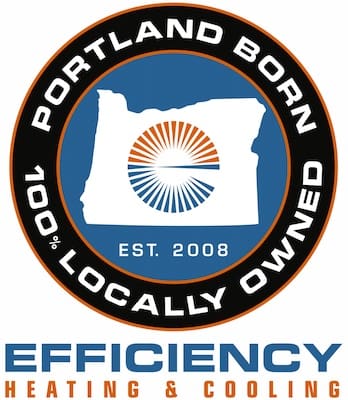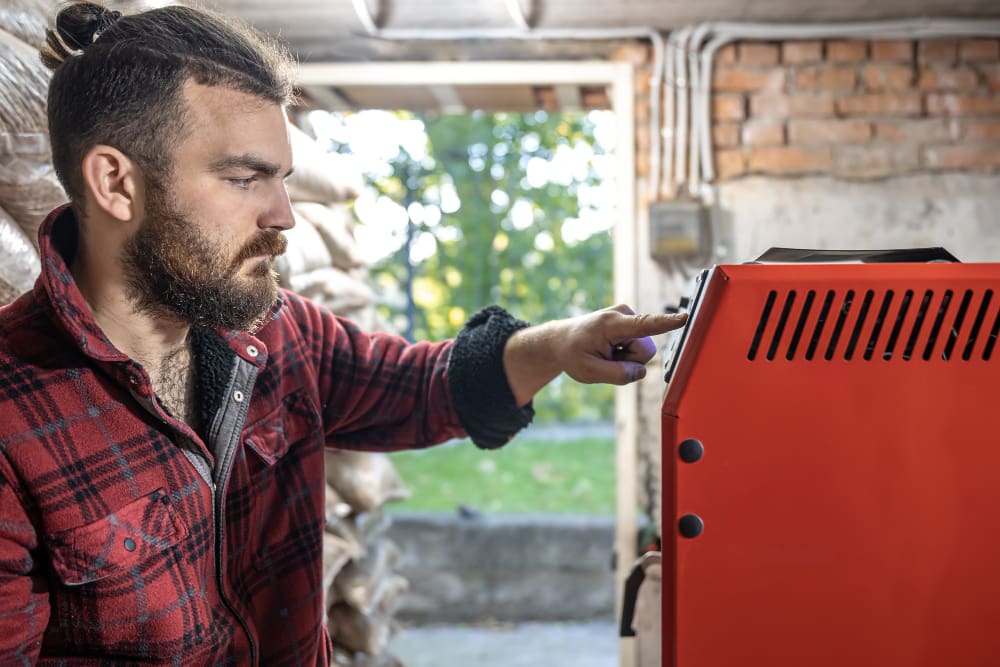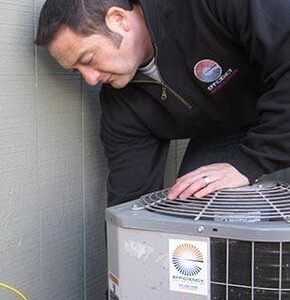If your furnace blows air too hard—or not enough—it may be time to adjust the blower speed settings. Controlling this speed helps regulate airflow, reduce energy use, and improve indoor comfort. In Portland, where temperatures fluctuate with the seasons, the right blower speed ensures your home remains consistent and efficient.
Understand What the Blower Motor Does
The blower motor in your furnace moves air through the ducts and into each room. If the fan is too fast, it may feel drafty or noisy. If it’s too slow, the system might not heat evenly. Before adjusting, determine if your system has a multi-speed or variable-speed motor. Most modern furnaces in Portland come with multi-speed options.
Check the User Manual First
Always consult your furnace’s manufacturer’s manual. It provides safe instructions and wiring diagrams. Attempting changes without proper guidance may damage the system or void the warranty.
Turn Off the Power to the Furnace
Before working on any HVAC component, turn off the power at the breaker panel. This step is critical to avoid electric shock or system damage.
Locate the Blower Motor Wiring Board
Open the furnace access panel and find the control board or terminal strip connected to the blower motor. You’ll typically see colored wires—each corresponding to a specific speed (e.g., red for low, blue for medium, black for high). For example, if you’re troubleshooting an HVAC system that makes a clicking noise, this is often where you’ll locate the issue.
Identify and Adjust the Speed Wire
Unplug the current speed wire and replace it with the desired speed wire in the “heat” or “cool” terminal. Secure all connections. For example, switching from black (high) to blue (medium) reduces blower speed. If you’re unsure, consider that a furnace that starts and stops frequently may signal a speed mismatch.
Replace the Panel and Turn Power Back On
After making changes, secure the furnace panel, restore power at the breaker, and test the system. Let it run for a few minutes to verify airflow and temperature distribution.
Consider Calling a Professional
If you’re not confident adjusting wires or if your system has electronic blower controls, call a Portland HVAC technician. An expert can optimize speed settings for your home size and duct layout.
Smart Thermostat Helps Regulate Airflow
Many newer thermostats offer control over fan speed settings or allow the system to auto-adjust. If you’re noticing inconsistent temperatures throughout the house, adjusting the blower speed may not be enough—you may also need to calibrate the thermostat.
Change Your Blower Speed
If your rooms heat unevenly, the furnace shuts off too quickly, or you feel uncomfortable drafts, your blower speed may not be optimized. Excessive noise or rising energy bills are other common signs.
High Speed Damages the Furnace
Running your furnace blower on high for extended periods can increase wear on the motor, reduce energy efficiency, and push too much air through the duct, potentially causing rattling or clanking noises.
Matching Blower Speed to Home Size
Larger homes in Portland may need medium or high fan speed for even heating. Smaller spaces may benefit from lower speeds to avoid overheating and drafts. A proper assessment helps set the ideal speed.
Best Fan Speed for Winter
In colder months, lowering the blower speed can help distribute heat more evenly. It allows warm air to stay in the ducts for longer and reach all areas without blowing too forcefully.
What Happens If You Set It Too Low?
Setting the blower speed too low can reduce airflow, making your system run longer to heat the space. This might cause short cycling or overheating in the heat exchanger if airflow is too restricted.
Blower Speed Affects Humidity
Yes. Lower blower speeds help remove more humidity in cooling mode, while higher speeds might push air too quickly past the coils. This affects your indoor comfort levels, especially during Portland’s humid spring and fall seasons.
Involve an HVAC Professional
If you have a variable-speed furnace, digital control board, or zoning system, changing the speed isn’t always simple. An HVAC technician ensures that systems are programmed correctly, operate safely, and are operated efficiently. It’s always best to involve a pro if you’re unsure.
Blower Speed and Indoor Comfort
Balancing airflow improves comfort and reduces system wear. Faster speeds might cool or heat more quickly, but they also increase energy usage. Lower speeds may increase efficiency, but they also extend run times. If your HVAC unit shuts down unexpectedly, adjusting the blower speed might help improve overall stability.
Regular Maintenance Supports Ideal Blower Function
Keep filters clean and schedule furnace duct maintenance at least once a year to support blower efficiency. Dirty filters or ducts can restrict airflow regardless of the speed setting.
HVAC Fan Speed Too High Symptoms
If your furnace fan speed is too high, you’ll often notice the system running much louder than usual. Rooms may feel drafty, or the heating might be uneven across your home.
High fan speeds can also resulttin higher energy consumption and increased wear on your furnace. Learn more with our guide on how much energy an AC unit uses.
How to Change Blower Speed on Goodman Furnace
Always turn off the power to your furnace before you start. Goodman furnaces usually use color-coded wires on the control board. Each wire sets a different blower speed. Refer to your manual to ensure you match the correct wire with your preferred speed.
Need more help? See our furnace maintenance tips or contact a Portland HVAC expert.
How to Change Blower Speed on Carrier Furnace
First, locate the wiring diagram inside the access panel of your Carrier furnace. Identify the wire that matches your desired blower speed and move it to the correct terminal. Remember to shut off the power before working inside the furnace.
For more system care, explore our furnace services or book a furnace tune-up in Portland.
More Resources:
The furnace starts and stops frequently
FAQs
Can I change the blower speed on my furnace myself?
Yes, if you follow the manual and shut off the power. Otherwise, call a professional for safety.
How do I know if my blower speed is too high?
Excessive noise, drafts, or rapid cycling may all indicate a high blower speed.
Does blower speed affect my heating bills?
Yes. Too high a speed can waste energy, while too low may overwork the system.
What speed wire should I use?
It depends on your comfort level and the size of your home. Typically, red indicates low, blue indicates medium, and band lack indicates high.
Will changing the blower speed improve air quality?
It may improve airflow, but for better air quality, keep filters and ducts clean too.
What if a circuit board controls my blower?
You’ll likely need an HVAC technician to reprogram it safely.
Does this fix uneven heating?
Yes, adjusting the blower speed can help alleviate uneven temperatures throughout the house.
Can fan speed cause short cycling?
Yes. If the temperature is too high, your furnace may turn off quickly, causing it to short-cycle.
Is this covered under warranty?
Check your HVAC system’s warranty. Manual tampering may void coverage.
What if changing the blower speed doesn’t help?
Other factors, such as duct size, filter condition, or motor issues, could be to blame. Schedule an inspection.



